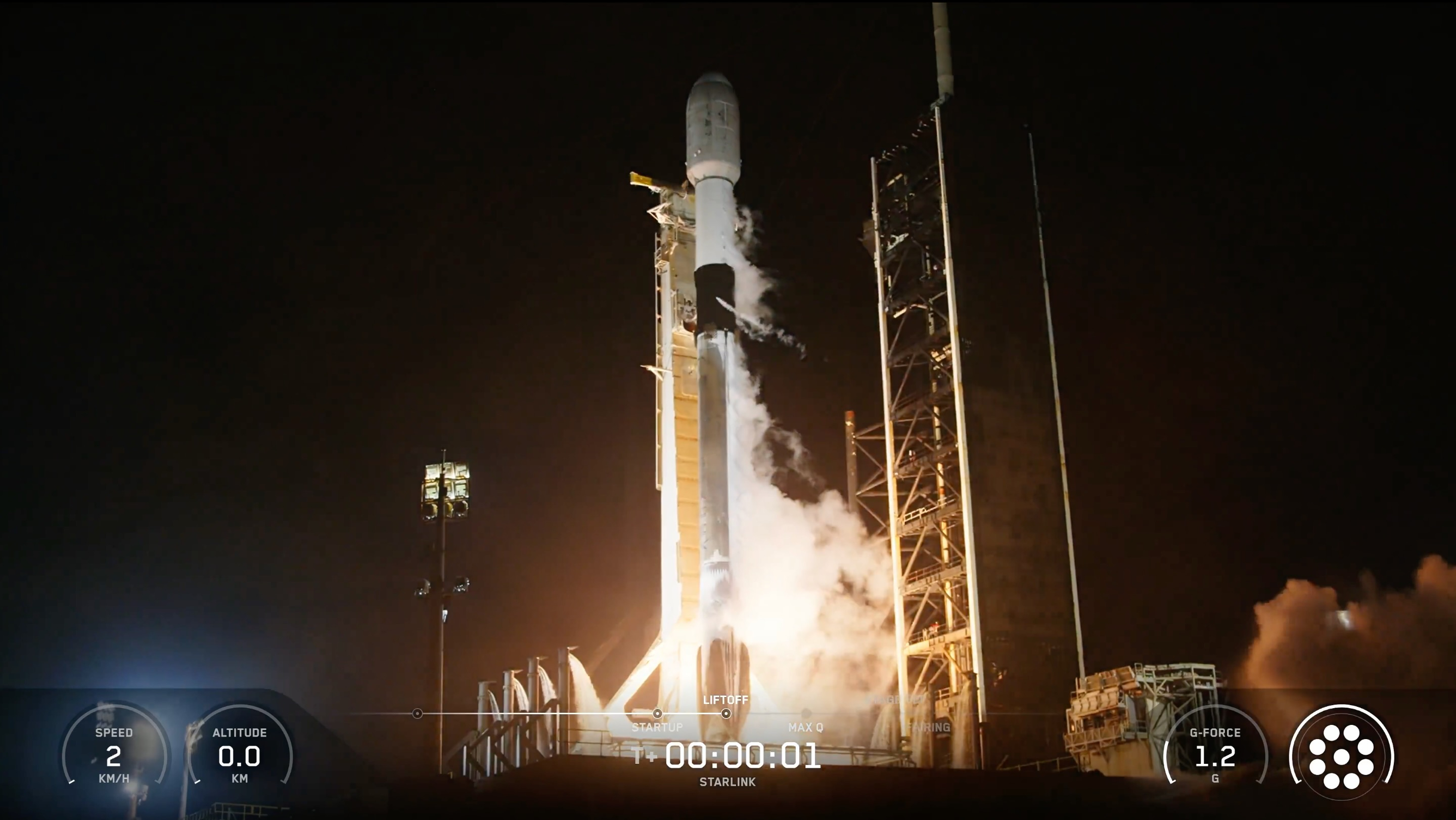Damaged Shuttle Booster Segments Returned to ATK
Four solid-rocket booster segmentsriding near the front of the freight train that derailed May 2 in Alabama areheaded back to Utah where their manufacturer, Alliant Techsystems (ATK), willeither use them for ground tests or thoroughly refurbish them.
George Torres, a spokesman forMagna, Utah-based ATK Launch Systems Group, said May 9 that NASA and ATKdetermined over the weekend of May 5-6 that the four booster segments ridingtoward the back of the train are probably still fit for flight and so willcontinue on to Florida. Once the booster segments arrive at Kennedy SpaceCenter, they will undergo extensive inspection before NASA approves their usefor an upcoming space shuttle mission.
NASA and ATK officials said thefreight train was traveling under 4.7 miles (six kilometers) per hour when the raisedroadbed it was crossing collapsed, causing the front of the train to go off thetracks. The two locomotives fell onto their sides, pulling a passenger carwith them, injuring six people. Four booster-carrying flatbed cars toward thefront of the train also derailed, with one fallingover onto its side. The other four boosters were on cars toward the back ofthe train and remained upright and on the tracks during the accident, the causeof which is still under investigation.
June Malone, a spokeswoman for NASAMarshall Space Flight Center in Huntsville, Ala., said data recorders on boardthe train to monitor ride conditions found that only the four boosters near thefront of the train were jostled hard enough in the accident to disqualify themfor flight.
"We have accelerometers on thosecars," Malone said. "The four in the front have acceleration data outside ofthe guidelines. The four in the back were within the guideline."
Torres said the four boosters cleared to travelon to Florida were back in transit May 9 and were expected to reach KennedySpace Center May 14.
"Once we get them there we will doadditional extensive analysis, including X-ray and anything we can do to beabsolutely sure they are OK," Torres said.
Breaking space news, the latest updates on rocket launches, skywatching events and more!
Four booster segments comprise asingle 149-foot (45-meter) tall booster, two of which are needed to help thespace shuttle lift off. Approximately two minutes into flight, the boosters arejettisoned, recovered from the ocean and sent back to ATK to be flushed andfilled with new solid propellant, a hard rubber-like material called ammoniumperchlorate.
Torres said the eight boosters ATKloaded on to the train April 27 for what was supposed to be no longer than atwo-week trip were designated for shuttle missions slated forOctober and December.
Malone and Torres both said thederailment would not delay upcoming shuttle flights. The shuttle's next liftoffis slated for June 8.
"We have two full sets that arecompleted for missions next spring and next summer that we could move up andbasically swap them out," Torres said. "We don't see an impact to flight ratesince we have these already completed."
Torres said the four boosters beingsent back to ATK's manufacturing facility in Promontory, Utah, could be used inground tests pending the outcome of planned inspections.
ATK conducts horizontal ground testsof shuttle boosters twice a year, usually once in the spring and once in thefall. The next such static fire is scheduled for May 24, according to Torres.
If ATK decides against firing theboosters involved in the accident, Torres said they would be flushed andrefilled just like a spent booster recovered after a shuttle launch.
"The cases themselves are reusableregardless," Torres said.
- Train Carrying Space Shuttle Booster Segments Derails
- All About the Space Shuttle
Brian Berger is the Editor-in-Chief of SpaceNews, a bi-weekly space industry news magazine, and SpaceNews.com. He joined SpaceNews covering NASA in 1998 and was named Senior Staff Writer in 2004 before becoming Deputy Editor in 2008. Brian's reporting on NASA's 2003 Columbia space shuttle accident and received the Communications Award from the National Space Club Huntsville Chapter in 2019. Brian received a bachelor's degree in magazine production and editing from Ohio University's E.W. Scripps School of Journalism.
